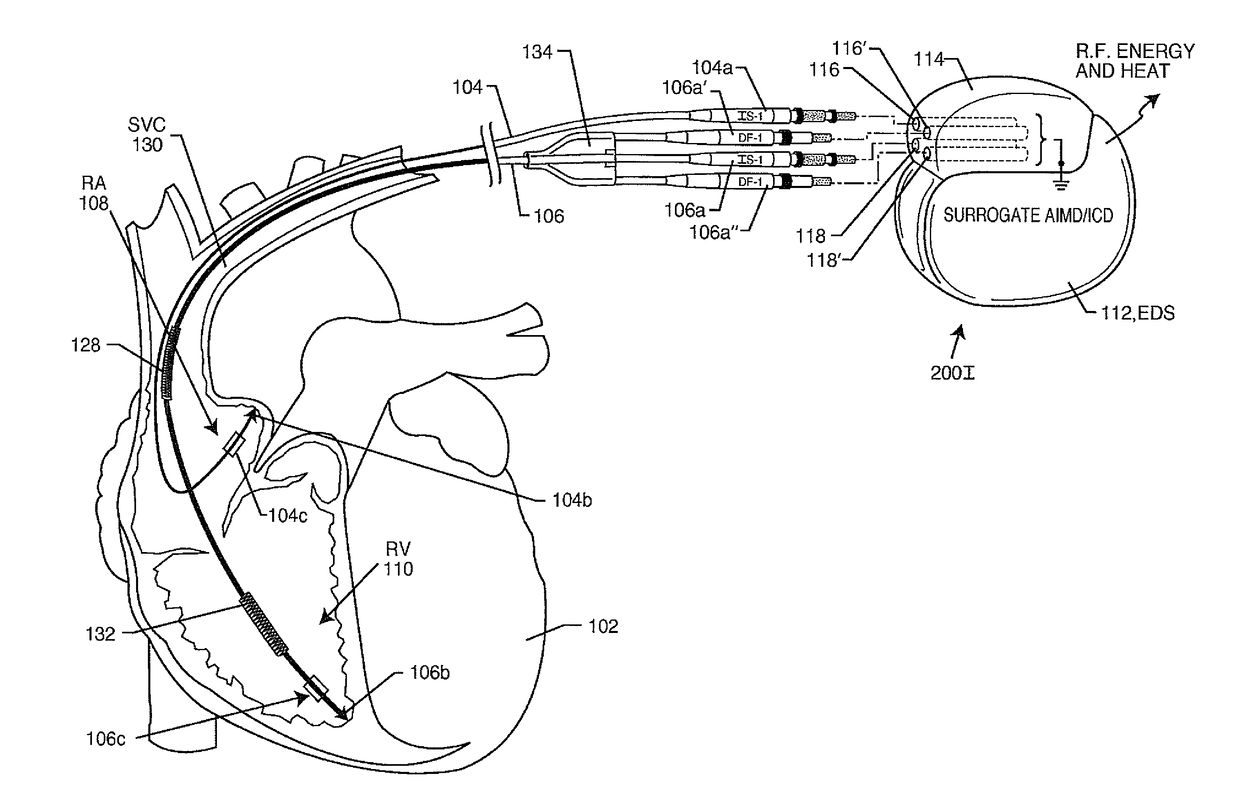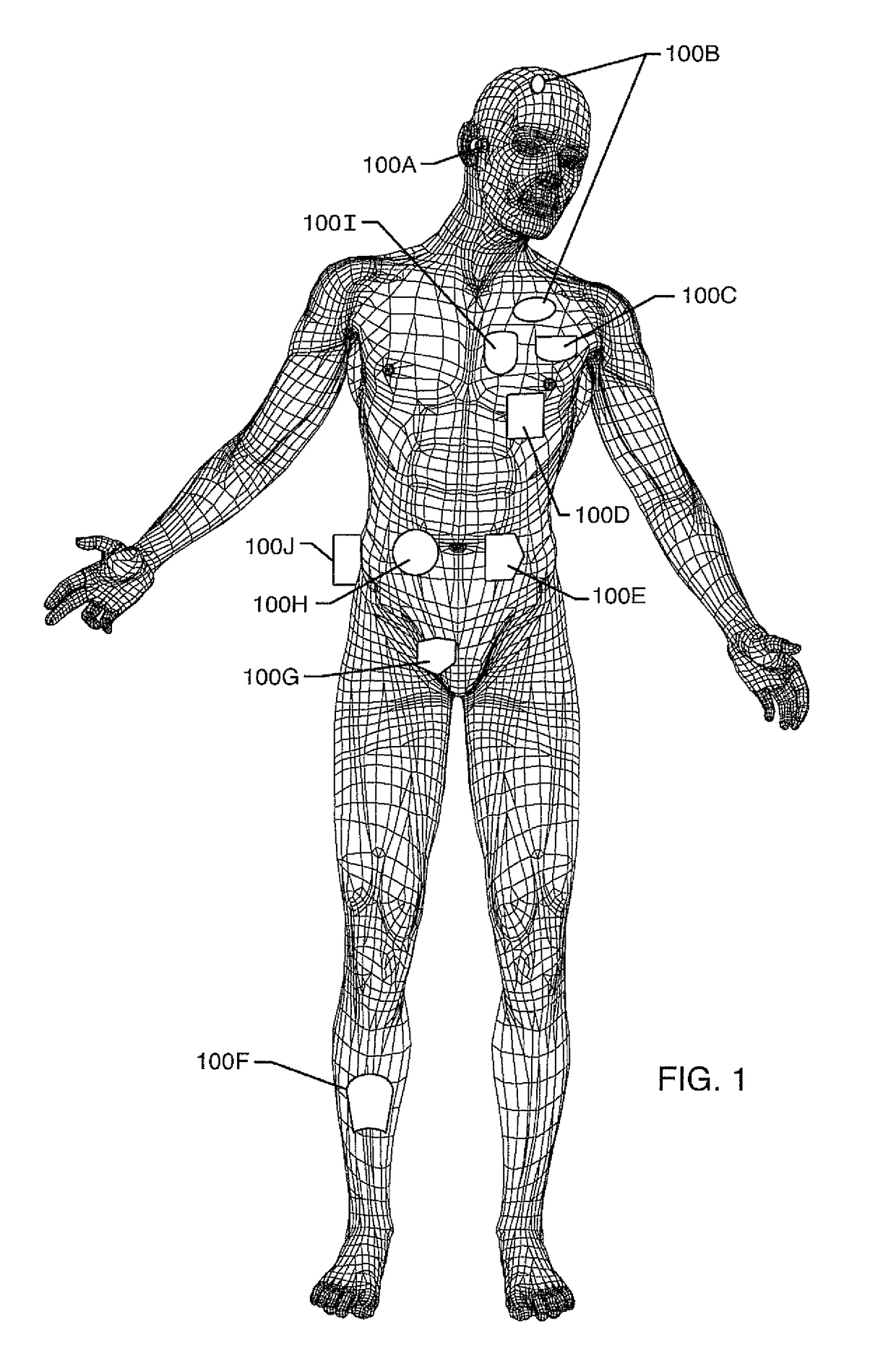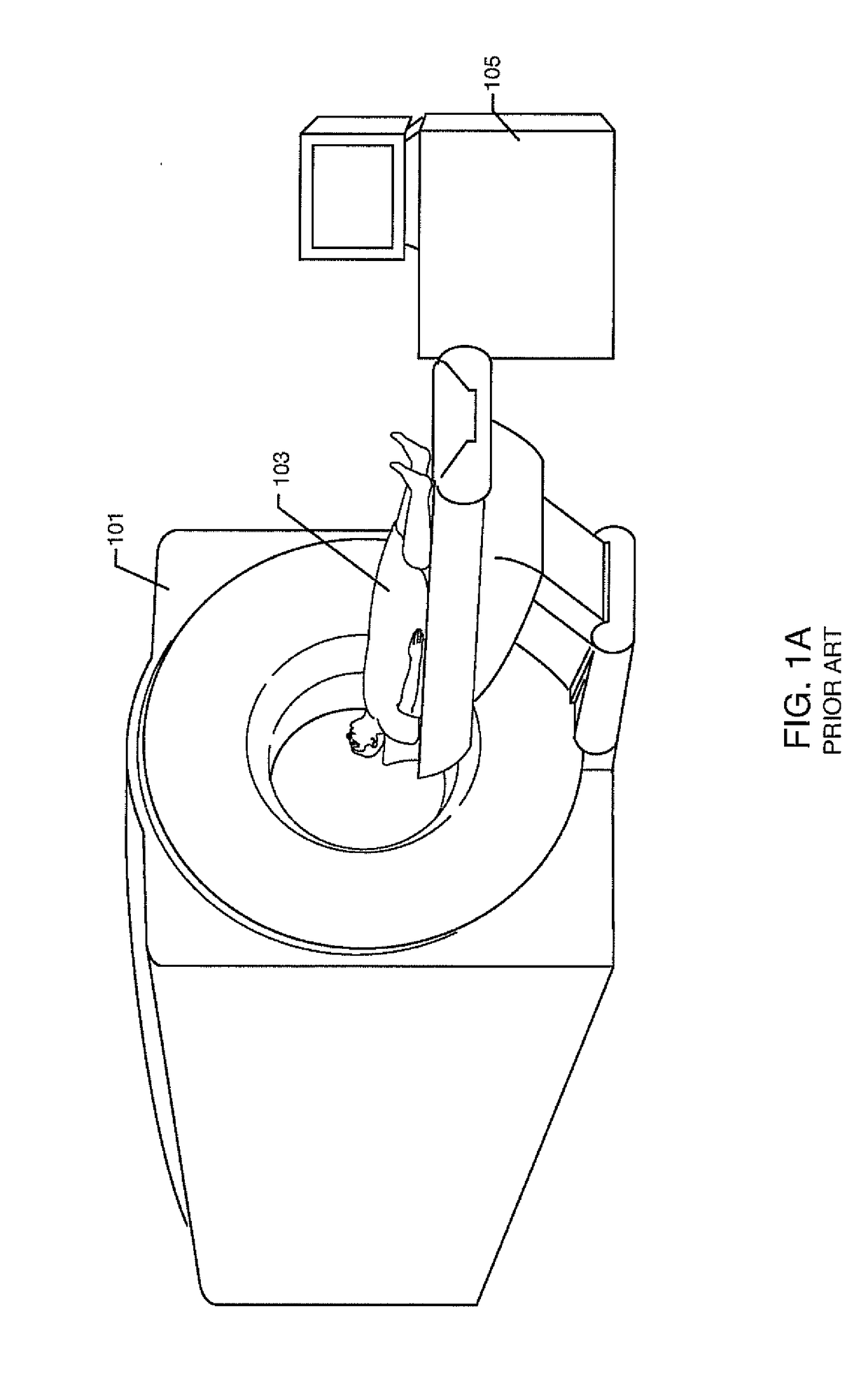Surrogate implanted medical device for energy dissipation of existing implanted leads during MRI scans
a medical device and lead technology, applied in the field of non-mri approved active implantable medical devices, can solve the problems of increasing the mass of the connector in the patient's pectoral pocket, and increasing the difficulty and risks of subsequent pulse generator or lead replacement/repair surgery. , to achieve the effect of high thermal and/or electrical conductivity
- Summary
- Abstract
- Description
- Claims
- Application Information
AI Technical Summary
Problems solved by technology
Method used
Image
Examples
Embodiment Construction
[0118]Reference is made to section 3 of ISO Standard 27186 as providing definitions to terms and terminology which are used to describe the present invention. Accordingly, as used herein: “bipolar” means having two poles or electrodes; “connector system” refers to an assembly consisting of a lead connector and a connector cavity that are electrically and mechanically joined; “connector cavity” is defined as a cavity within the pulse generator which is intended to receive a lead connector and an identical cavity within a secondary header; “fixation zone” is a zone located in the lead connector pin and within the connector cavity where the lead connector is mechanically secured within the connector cavity; “high-voltage” is defined as electrical potentials greater than 20 volts up to 2000 volts (Note: High-voltages are generally used for defibrillating the heart); “lead connector” or “plug” is the part of the lead that is intended for insertion into the connector cavity of a pulse gen...
PUM
 Login to View More
Login to View More Abstract
Description
Claims
Application Information
 Login to View More
Login to View More - R&D
- Intellectual Property
- Life Sciences
- Materials
- Tech Scout
- Unparalleled Data Quality
- Higher Quality Content
- 60% Fewer Hallucinations
Browse by: Latest US Patents, China's latest patents, Technical Efficacy Thesaurus, Application Domain, Technology Topic, Popular Technical Reports.
© 2025 PatSnap. All rights reserved.Legal|Privacy policy|Modern Slavery Act Transparency Statement|Sitemap|About US| Contact US: help@patsnap.com



